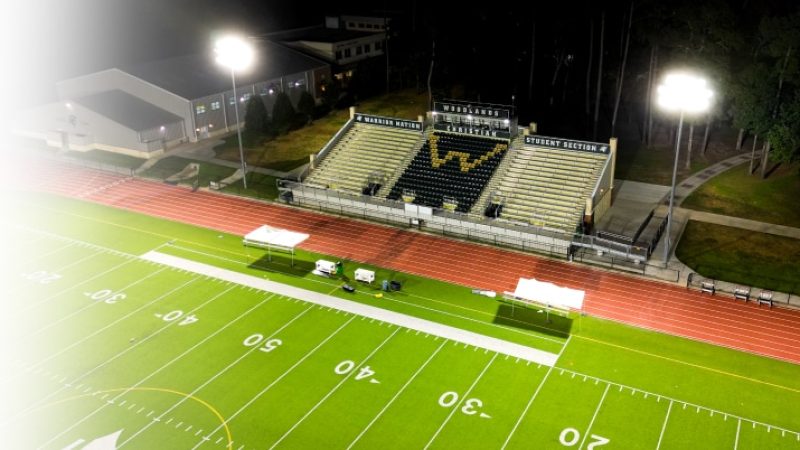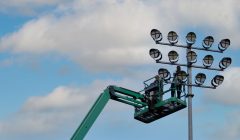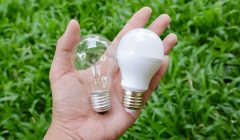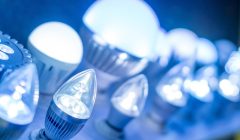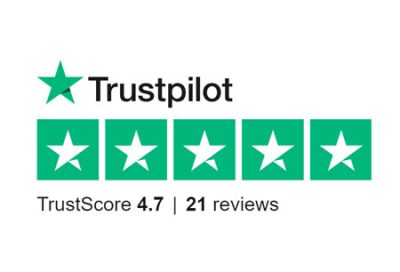In the world of sports, lighting is of crucial importance in facilitating optimal performance amongst players and satisfying the spectators. National LED, being an expert in sports lighting, knows the intricacies of this niche market. As the lighting needs differ based on the sport, level of play, and venue, it’s essential to grasp the various class requirements and standards that govern sports lighting.
Table of Contents
ToggleKey Aspects of Sports Lighting
Several important factors determine the success of sports lighting. These key elements are highlighted in this section; each one is critical for ensuring optimal visibility, safety, and the overall sporting experience. Understanding these elements will help in creating lighting solutions that meet the specific requirements of various sports venues.
1. Lux Levels and Classifications
Lux levels, a quantity of illuminance, play an essential role in sports lighting. These levels vary depending on the type of sport and the competition level. For instance, football requires 500 lux for Class 1 (top-level competition), 200 Lux or higher when playing at an intermediate level, and as little as 75 lux if it’s training. These diverse levels guarantee that the lighting suits each competition level, from local leagues to international matches.
2. Uniformity Ratios
Consistency of lighting around the playing field is a critical factor. It means balancing the brightest and dimest places on a field. For example, baseball requires a uniformity ratio of 2:1 for training and recreational levels, which increases to 1.5: 1 at the collegiate level so that a more balanced light distribution occurs.
3. Glare Control
Handling glare is very important in order to have the best visibility and comfort. Different sports demand varied approaches to managing glare. For baseball and softball, use shielded or visored fixtures; for tennis and pickleball – indirect lighting techniques.
4. Color Rendering Index (CRI)
CRI is very important when accurately depicting colors under artificial lighting, affecting gameplay and broadcast quality. Standards suggest a minimum CRI of 60 for training levels, increasing to 80 for collegiate levels across various sports. High CRI ensures that the field and team jersey colors are vibrant and look real.
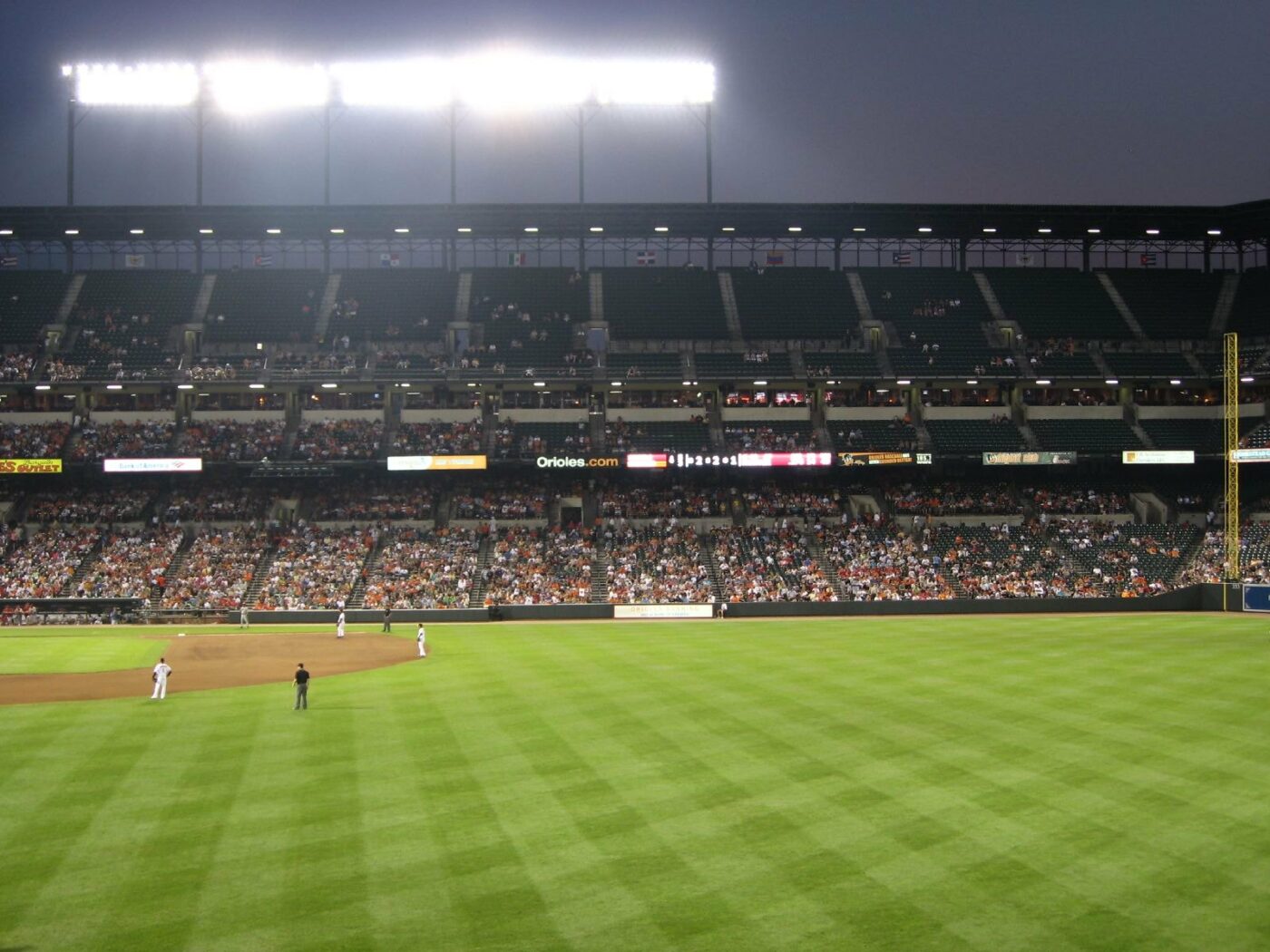
5. Mounting Heights and Beam Angles
Quality of illumination greatly depends on the height at which lights are fixed and the angle at which beams fall. For instance, a regular football field may need a mounting height between 50 to 80 feet based on the plan of such a field. Appropriate mounting and beam angles ensure uniform and effective lighting in the whole playing area.
6. LED Advantages
LED lighting, which is energy efficient with a long life span, is fast becoming standard in sports lighting. Beyond energy savings, LED technology provides controllability and instant-ON operation, as well as better glare control. As such, LEDs are especially beneficial in cases where lighting is a major factor to consider, such as during televised sports events.
Learn more: The Benefits of LED Lighting for Warehouses
7. Color Temperature
The color temperature of lighting, measured in Kelvin, influences how natural the lighting appears. A color temperature of around 5000K is recommended for sports settings, mimicking natural daylight and enhancing visibility for both players and spectators.
Key Takeaway: Customized sports lighting depends on certain variables, including varying lux levels for different types of sport and the level at which they are played, maintaining uniformity ratios, managing glare, making sure that colors show up accurately, mounting heights as well as beam angles. LED technology is more energy efficient and superior in controlling the lighting which promotes visibility as well as improves gameplay.
Technological Innovations in Sports Lighting
Over the past few years, technological advancements have had a tremendous impact on sports lighting; it is now more efficient, adaptable and versatile. The use of LED technology is one of the main improvements. LEDs are more energy efficient than other forms of bulbs, but they also offer much greater control over the intensity and distribution of light. This is paramount in sports environments where perfect illumination is essential for good play and watching enjoyment.
Another innovative innovation is smart lighting systems. Some of these systems use sensors and internet connections to manage the illumination according to natural daylight and weather conditions or even in relation ( adaptation ) to each sport. This adaptability does not only improve the quality of lighting but also conserves energy.
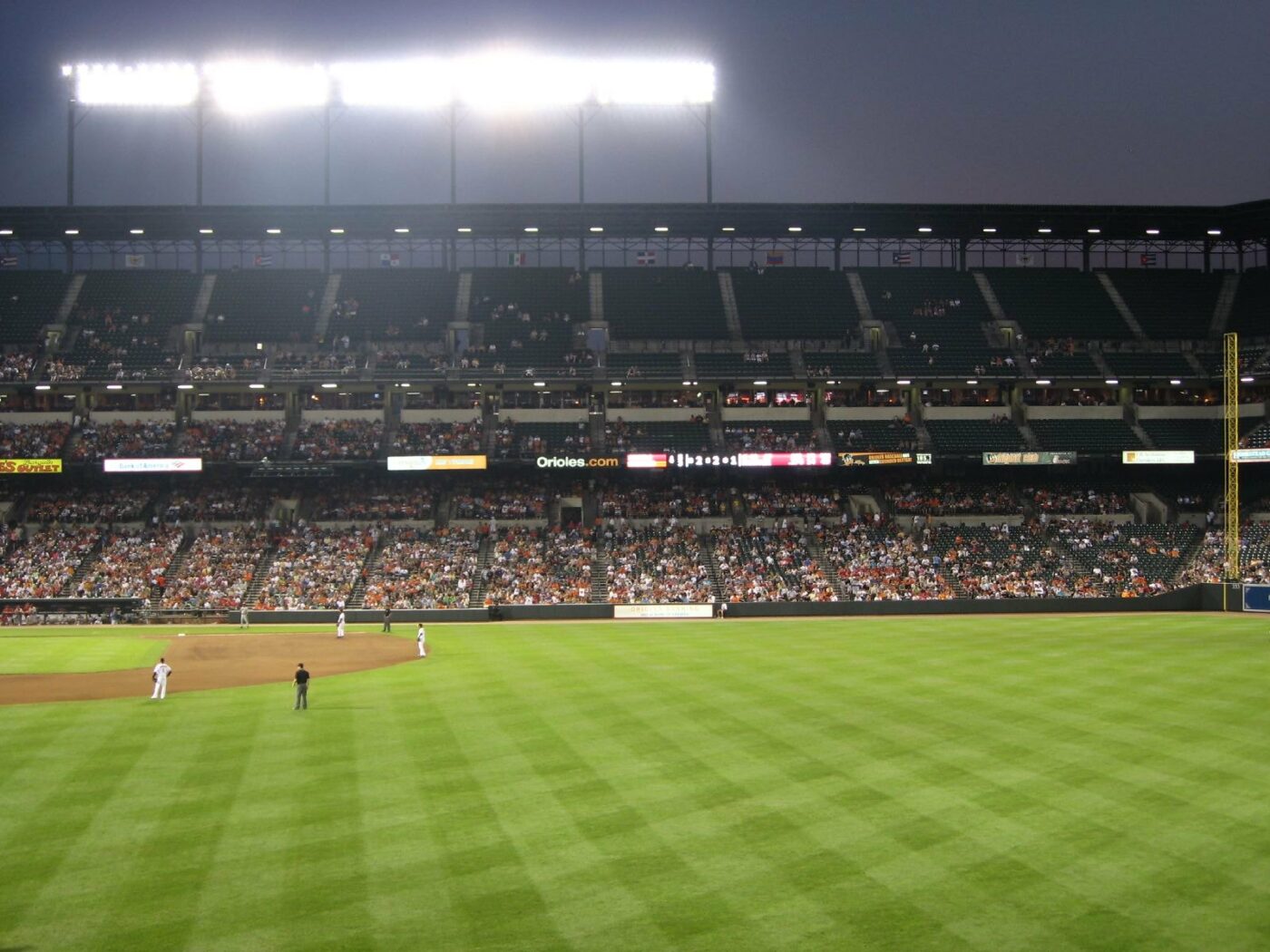
Additionally, the incorporation of IoT in sports illumination enables remote monitoring and control. Facility managers may adjust the lighting from a distance, plan changes for different events and also can integrate control of lights with other systems such as security or HVAC in order to provide full facility management.
These technological advancements do more than just improve the quality of lighting; they also help reduce environmental footprints in sports facilities. By using energy-efficient lighting solutions, sports venues can significantly lower their energy consumption, contributing to broader environmental sustainability goals.
Environmental and Economic Impact of Sports Lighting
The transition to energy-saving sports lighting, such as LED, has great environmental and economic impacts. They save energy and reduce carbon footprint in the environment; they are designed to help protect the night sky as well as ecosystems by minimizing light pollution. Economically, the initial cost of installation is relatively higher, but savings are realized in an eon through reduced energy costs and longer lifespans for LEDs.
Conclusion
Sports lighting is at the core of player performance and spectator experience, which National LED has expertise in. National LED combats the complexities of lighting requirements, from correct lux levels to state-of-the-art advanced LEDs, by tailoring its light supply for different sports and venues. Our determination to adopt technological advancements such as smart lighting systems and IoT makes us a pioneer in eco-friendly sports illumination solutions. By doing so, we not only improve the present sports events but also lay grounds for a future where lighting sports areas is all about efficiency and innovation.
